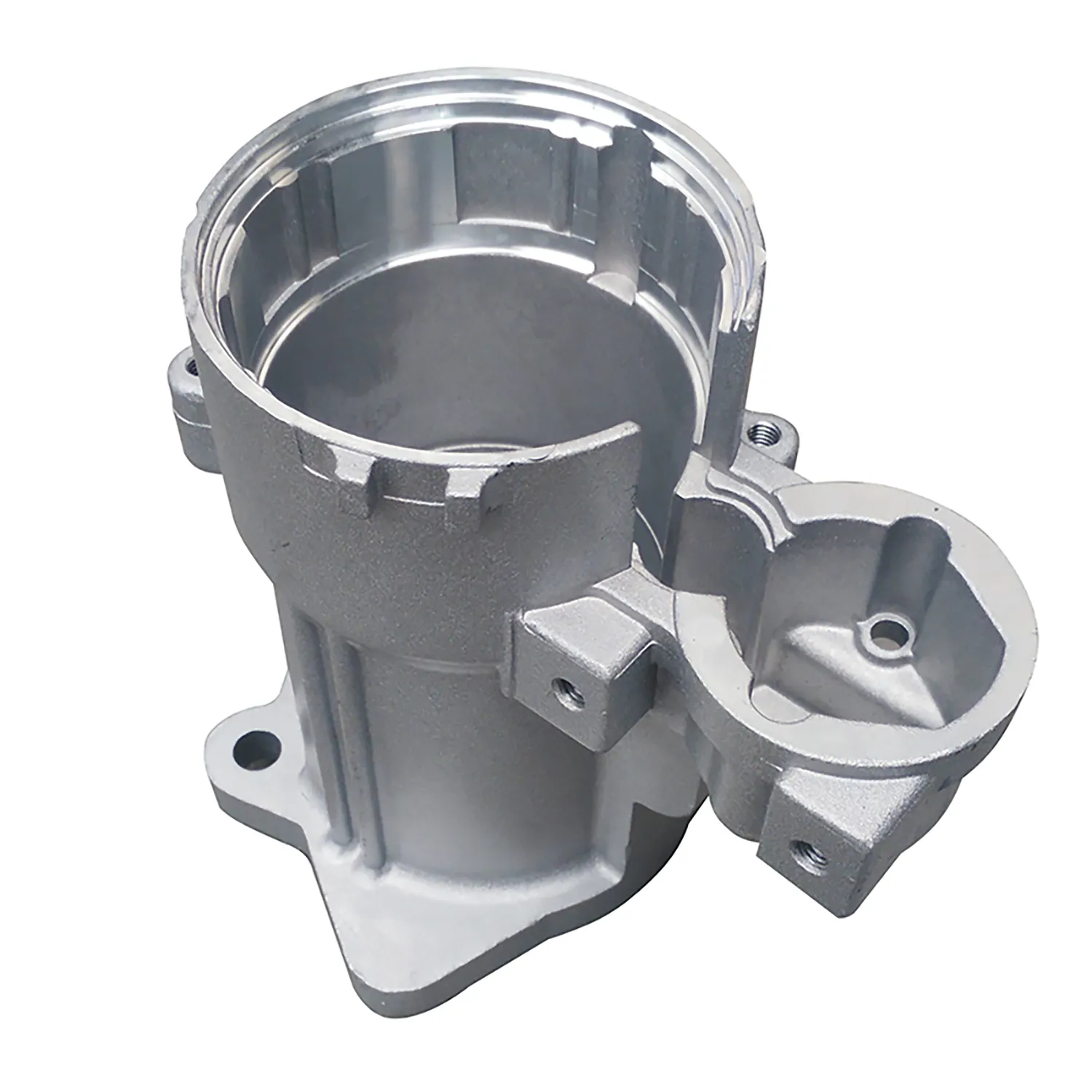Mobile:+86-311-808-126-83
Email:info@ydcastings.com
Techniques and Innovations in Steel Sand Casting for Improved Manufacturing Efficiency
Steel Sand Casting A Comprehensive Overview
Steel sand casting is a widely used manufacturing process that transforms molten metal into a solid object by pouring it into a mold made of sand. This technique has been employed in various industries for the production of complex shapes and components, owing to its versatility, cost-effectiveness, and efficiency. In this article, we will delve into the intricacies of steel sand casting, its advantages, applications, and the processes involved.
The Process of Steel Sand Casting
The steel sand casting process begins with creating a mold. Traditionally, molds are made by mixing sand with a binding agent, such as clay, which holds the sand particles together. The mixture is packed around a pattern of the desired object to create a cavity in the shape of the final product. This pattern can be made from various materials, including metal, plastic, or even wood, depending on the application and production volume.
Once the mold is prepared, the next step involves melting steel in a furnace. The melting point of steel ranges from 1370°C to 1450°C (2500°F to 2642°F), which requires specialized equipment such as induction furnaces or electric arc furnaces. After the steel has melted, it is poured into the mold cavity through a system of channels designed to ensure smooth flow and even distribution.
Cooling is a crucial phase in steel sand casting. As the molten steel fills the mold, it begins to cool and solidify, taking on the shape of the mold. The cooling rate can affect the mechanical properties of the final product, including its hardness, strength, and ductility. Once the steel has sufficiently cooled, the mold is broken apart to reveal the cast item.
Advantages of Steel Sand Casting
One of the primary advantages of steel sand casting is its ability to produce intricate shapes that may be difficult or impossible to create through other manufacturing methods
. The process allows for the creation of complex geometries, such as internal cavities and undercuts, making it suitable for various applications.Additionally, steel sand casting is cost-effective for small to medium production runs. The materials required—sand, binders, and steel—are relatively inexpensive, and the process can be scaled up or down depending on the project’s needs. This flexibility makes it an attractive option for industries requiring customized components.
steel sand casting

Another noteworthy advantage is the excellent surface finish that can be achieved through steel sand casting. With the right techniques and post-processing treatments, cast items can have minimal defects, requiring less finish work and reducing overall production time.
Applications of Steel Sand Casting
Steel sand casting finds application across numerous industries, including automotive, aerospace, construction, and energy production. In the automotive sector, for example, components like engine blocks, cylinder heads, and transmission cases are commonly produced using this method.
In the aerospace industry, steel sand casting is used to manufacture critical components such as landing gear and structural parts that require extreme strength and durability. The construction industry also benefits from steel sand casting through the production of structural elements and machinery components.
Moreover, renewable energy sectors, particularly wind and hydroelectric power, utilize steel sand casting to create turbine components, fittings, and other essential machinery, underscoring the process's versatility.
Conclusion
Steel sand casting is an essential manufacturing technique that offers a unique combination of flexibility, cost-efficiency, and precision. Its ability to produce complex shapes and durable components makes it an invaluable asset across various industries. As technology advances, we may see enhancements in the casting process, including improved materials and methods that could further elevate its status in the manufacturing realm.
In summary, the significance of steel sand casting cannot be overstated. Whether creating components for engines or parts for machines that generate renewable energy, this technique continues to play a pivotal role in modern manufacturing, contributing to the development of innovative products and solutions. As industries evolve, steel sand casting will remain a foundational process enabling the realization of intricate designs and high-performance components.
-
Why Should You Invest in Superior Pump Castings for Your Equipment?NewsJun.09,2025
-
Unlock Performance Potential with Stainless Impellers and Aluminum End CapsNewsJun.09,2025
-
Revolutionize Your Machinery with Superior Cast Iron and Aluminum ComponentsNewsJun.09,2025
-
Revolutionize Fluid Dynamics with Premium Pump ComponentsNewsJun.09,2025
-
Optimizing Industrial Systems with Essential Valve ComponentsNewsJun.09,2025
-
Elevate Grid Efficiency with High-Precision Power CastingsNewsJun.09,2025











